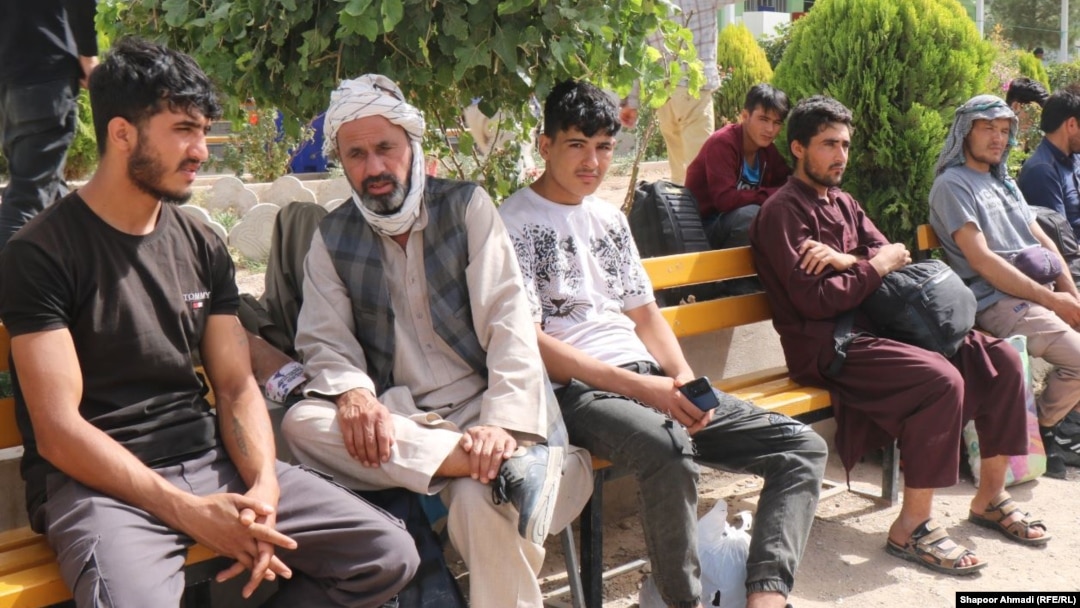An unsubstantiated claim on social media linking an alleged rise in leprosy cases in Iran to the country’s Afghan community has resulted in renewed calls for the expulsion of Afghan migrants.
Iranian media have cited the Health Ministry as reporting nine new cases of leprosy over the past year. The reports said three of those afflicted were Afghans.
The same day, a freelance Iranian journalist who advocates for the expulsion of Afghan refugees alleged without evidence that “Afghan migrants” were responsible for spreading leprosy in Iran.
He incorrectly charged that “no cases of leprosy had been seen in Iran in years” -- a claim that is easily debunked by data available on the World Health Organization’s (WHO) website.
On July 9, another journalist who often writes in support of expelling Afghan migrants went as far as calling the alleged rise in leprosy cases “bioterrorism” and demanded that the incoming government of President-elect Masud Pezeshkian “start deporting Afghans.”
“Afghans are bringing and spreading the leprosy virus,” he wrote without offering evidence, falsely claiming that leprosy, which is caused by bacteria, is a viral disease.
Both posts on the social media platform X have received nearly half a million views, been shared more than 1,000 times, and liked by over 7,000 accounts.
What Does The Data Say?
Leprosy in Iran has never been eliminated, but it has declined sharply since 2005, dropping from 79 to six in 2022, according to WHO data. No certified health authority has ever declared leprosy an epidemic in Iran or Afghanistan.
Leprosy is a chronic bacterial infectious disease that mainly affects the skin and peripheral nerves. It is curable but leaving it untreated may cause permanent disabilities.
The disease spreads via droplets from the nose and mouth through close and frequent contact with untreated individuals.
Rising Anti-Afghan Sentiment
Afghans fleeing the Soviet invasion in the 1980s were welcomed in Iran, thanks in large part to the anti-Soviet views of the recently established Islamic republic. But animosity toward the growing Afghan community has only worsened since.
In recent years -- especially after an influx of migrants following the Taliban’s return to power in August 2021 -- there have been more frequent displays of anti-Afghan sentiment.
SEE ALSO: Afghans Angry Over 'Racist' Iranian TV SeriesOver the past several months, a Persian hashtag that calls the “expulsion of Afghans” a “national demand” has been trending, often boosted by anonymous accounts.
The UNHCR, the United Nations’ refugee agency, says Iran hosts 780,000 Afghan refugees, in addition to 2.6 million undocumented Afghan nationals.
But the authorities in Tehran claimed last year that 5 million Afghans were living in Iran illegally, and vowed to deport them. Afghan migrants were later banned from living or working in half of the country’s 31 provinces.
In recent months, Afghan migrants in Iran have complained to RFE/RL's Radio Azadi about rising harassment, even during deportation.
Iran has long said that it does not receive enough financial assistance from international bodies to deal with the number of refugees on its soil.


